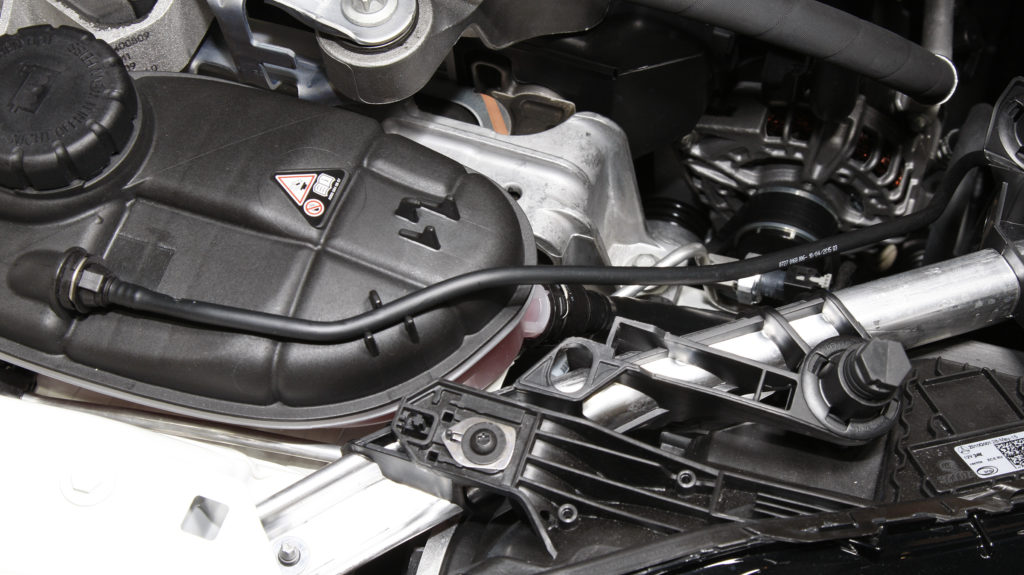This post is also available in: Deutsch
Can the wall of a connector or the band of a worm drive hose clamp be even thinner? Can geometries in general be designed better? Can certain components of an assembly be dispensed with altogether? These considerations often lead to significant savings.
Lightweight construction means being efficient and conserving resources. It uses the lightest possible materials. Less material on the product lowers its weight. We work on solutions like these in research and development.
Up to two-thirds less weight
A major trend in automotive engineering is to replace rubber with thermoplastics. This can significantly reduce weight – usually on top of improved mechanical strength. If you combine connectors and plastic lines, vehicles can also be mounted faster – compared to rubber hoses.
Particularly cooling water systems, whether in vehicles with internal combustion engines or electric drives, often consist mainly of rubber. There is immense potential for saving weight: up to two-thirds, depending on the application.

But there’s even more. That’s shown by one recent model from a major car maker. By using different steel grades and new manufacturing methods, the manufacturer was able to save around 100 kilograms of weight. 100 kilograms of material is the first win. This protects the environment. It also reduces fuel consumption by 0.3 liters per 100 kilometers and carbon dioxide emissions by 10 grams per kilometer.
That may not seem like much. However, multiplying these values by the number of vehicles in a vehicle generation – that is, 2.8 million times – highlights the importance of lightweight construction.
New materials and processes
Future materials strive for low density and improved mechanical strength. This can be carbon fibers or basalt fibers reinforced with thermoplastic materials, for example. These fine fibers are embedded in plastic to form a cohesive, rigid construction.
A fiber consists of fine filaments combined into rovings (“bundles”). The K-number indicates the number of filaments in one of these bundles. 1 K corresponds to 1000 filaments. The thickness of carbon filaments varies depending on the fiber type: between 4 and 8 microns. If you compare the tensile strength of a carbon fiber with high strength steel (800 N/mm²), carbon shows a five times higher value (4000 N/mm²). Such materials will therefore become increasingly important in the future.

Besides new materials, new production processes are also needed. We use technology scouting to examine new production processes for their potential. One example is thermoplastic foaming. In the process, a microcellular structure is built up inside the wall thickness.
This enables 5 to 15 percent weight savings. In injection molding, the microcellular foam structure adopts the holding pressure required to compensate for shrinkage on the component. This reduces time for the entire cycle by up to 20 percent.
Computer-assisted simulation methods can also help optimize product design. Topological methods in particular, such as soft kill options (SKO) or computer aided optimization (CAO), are well suited for this.




